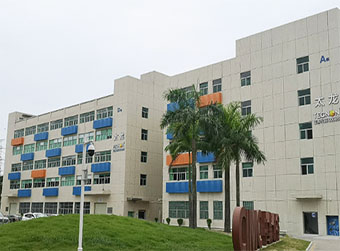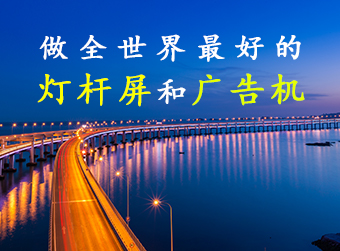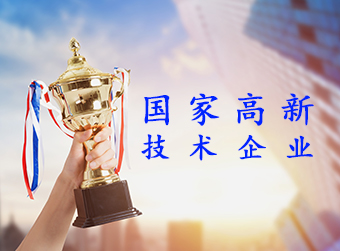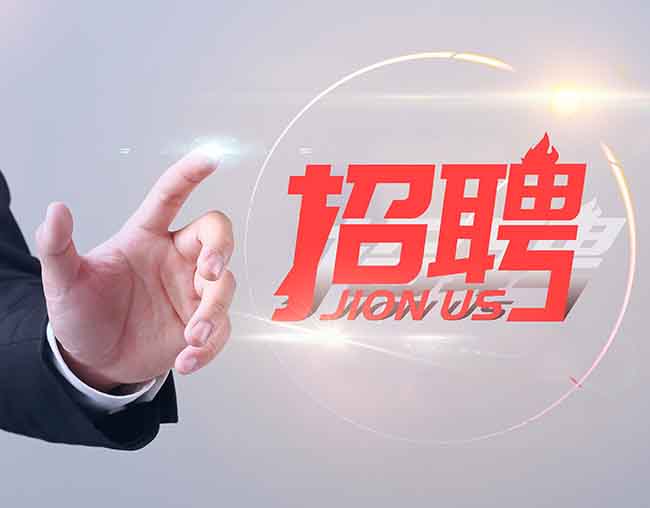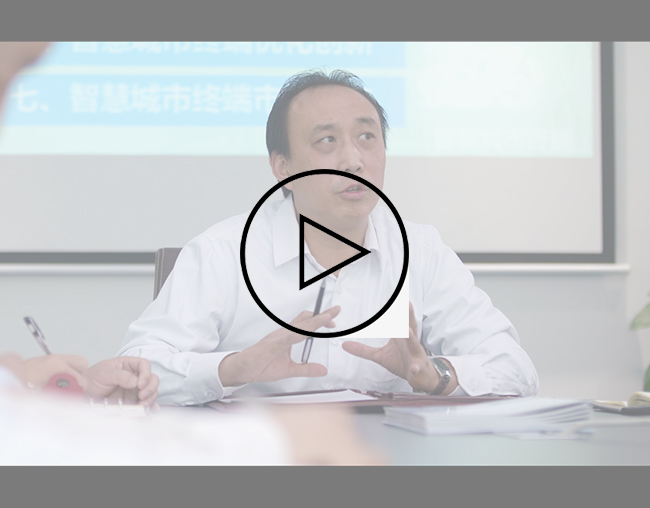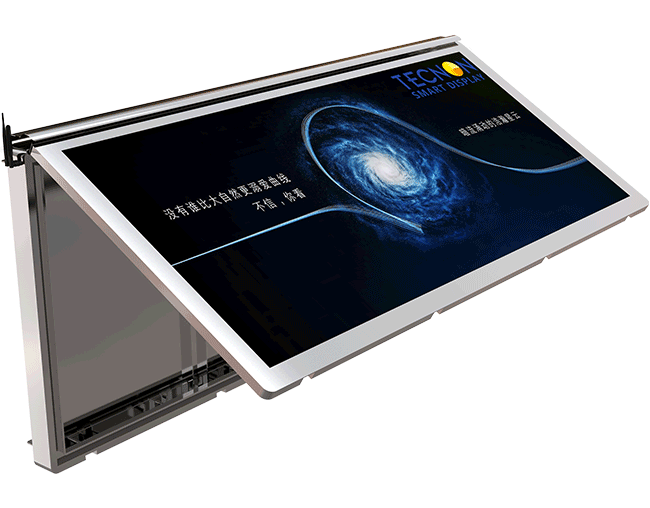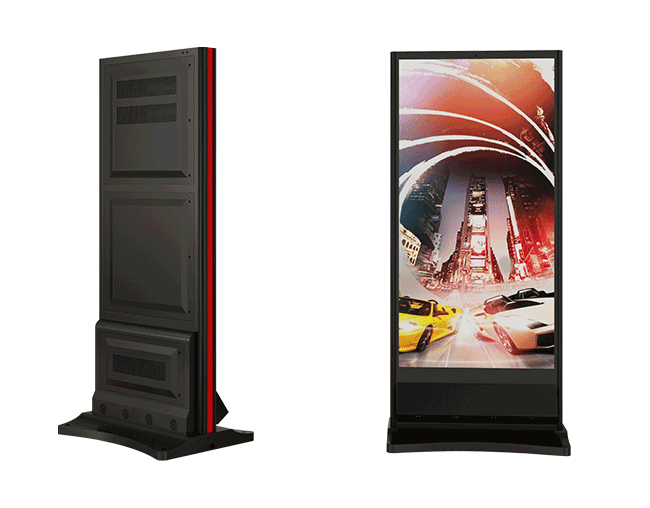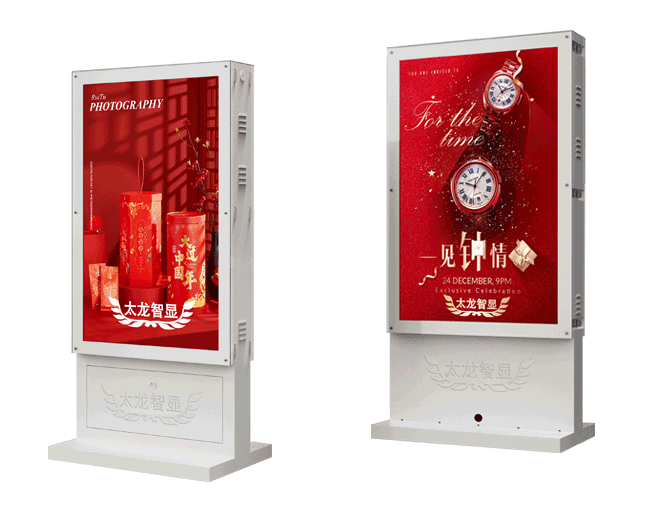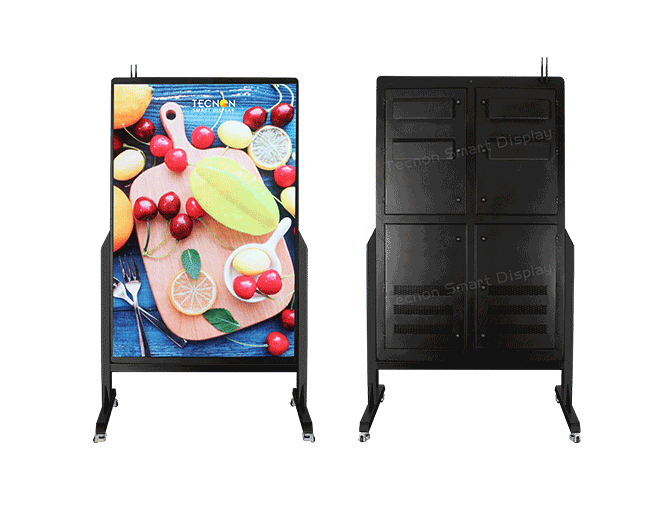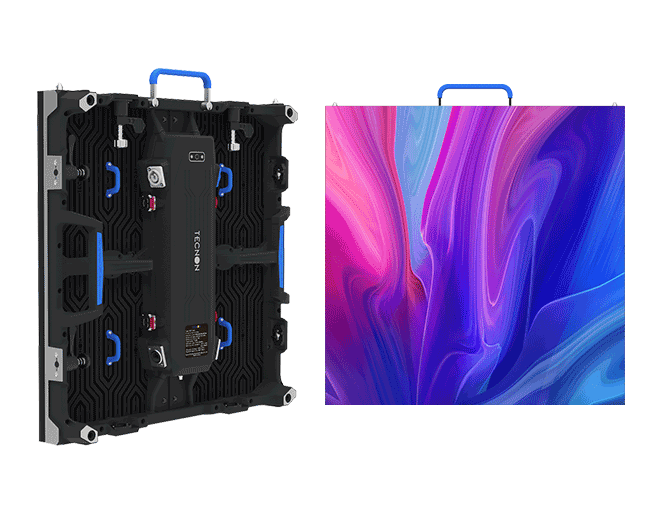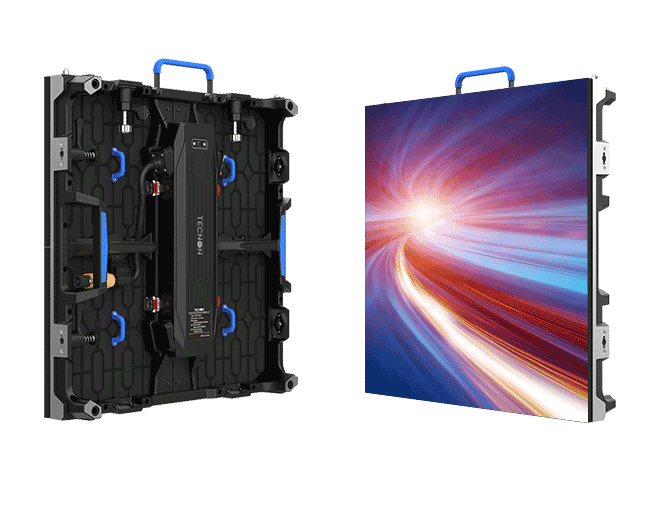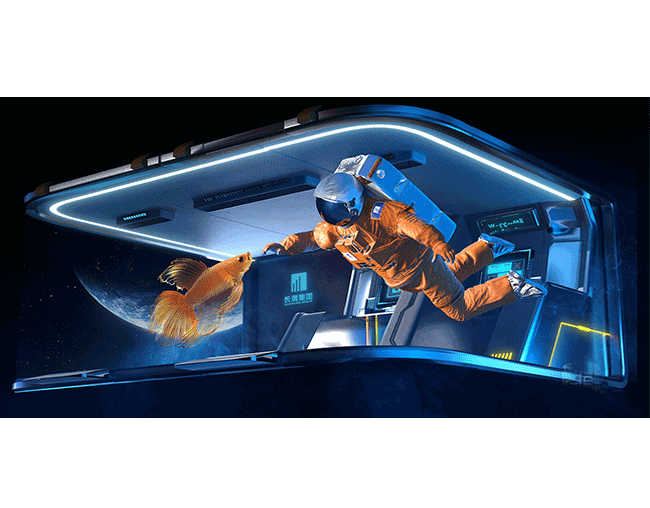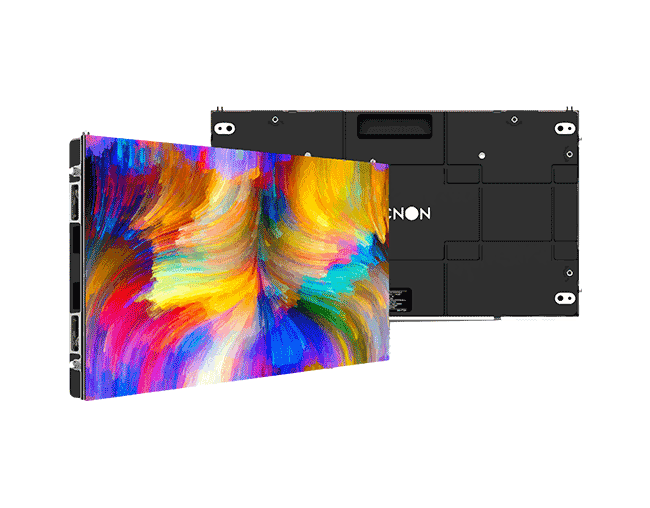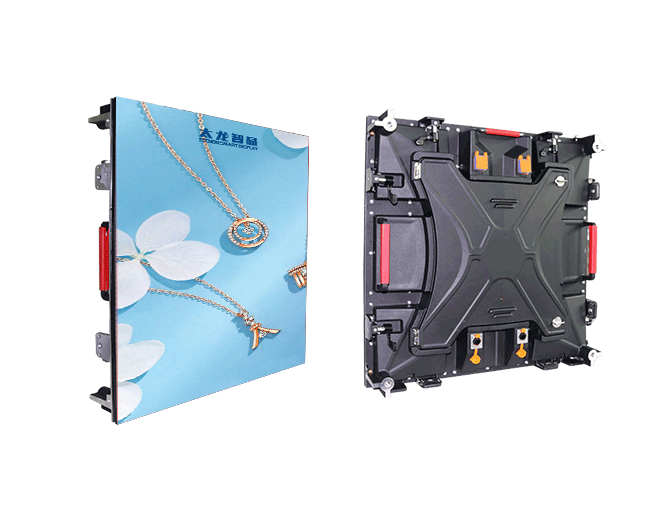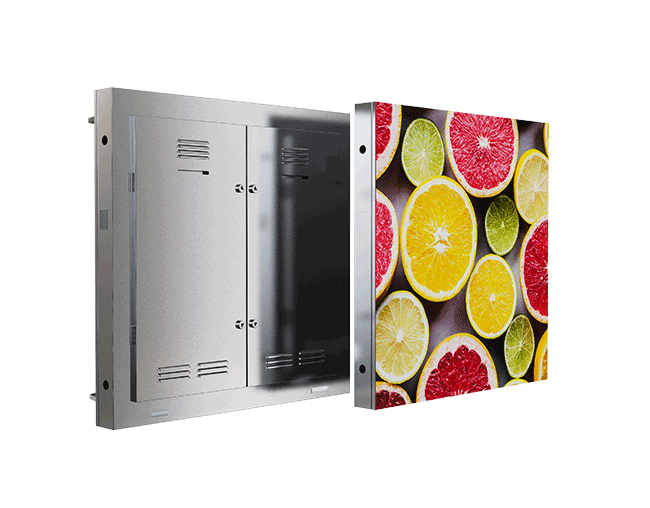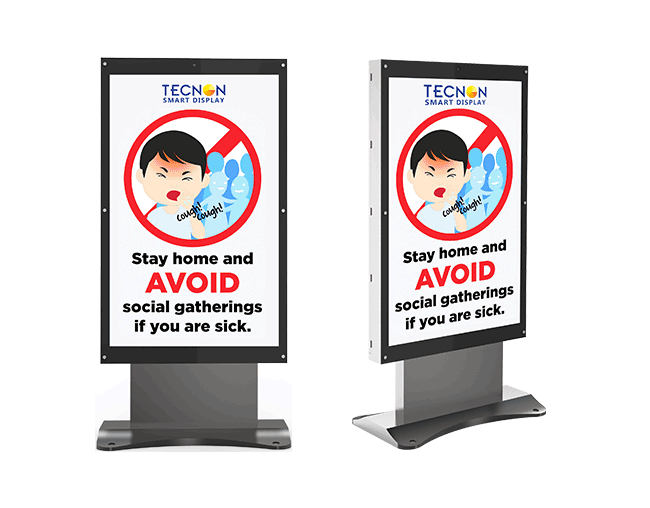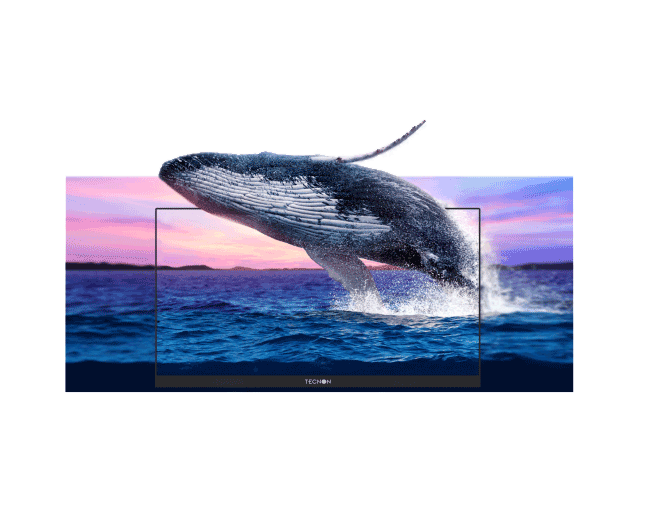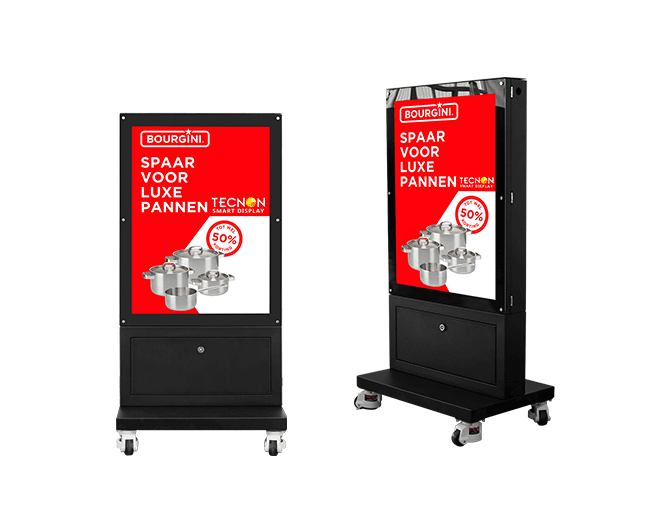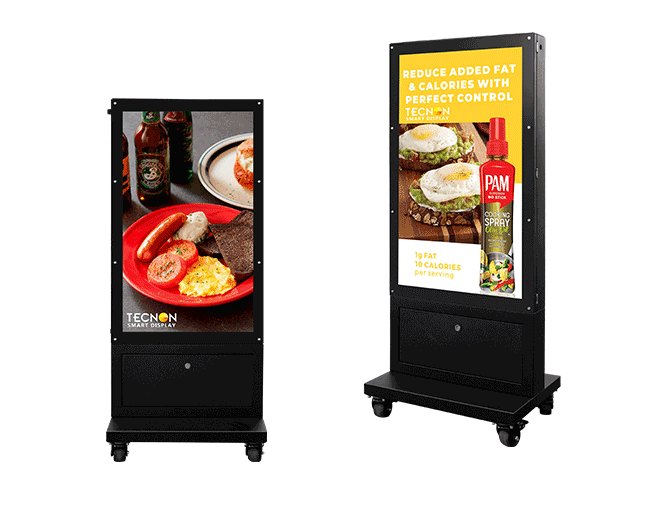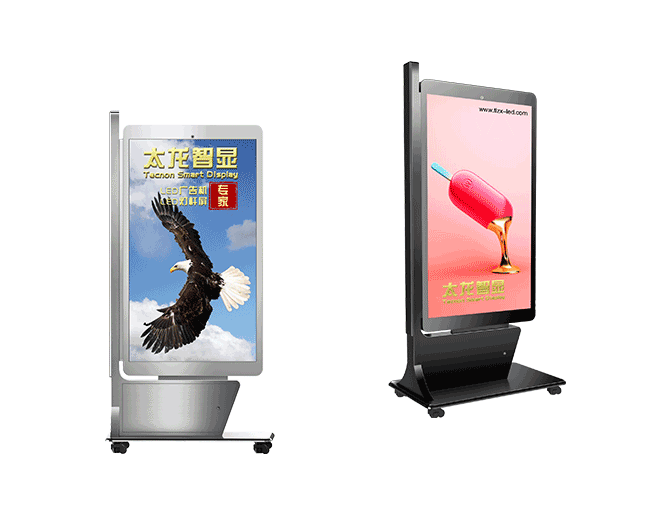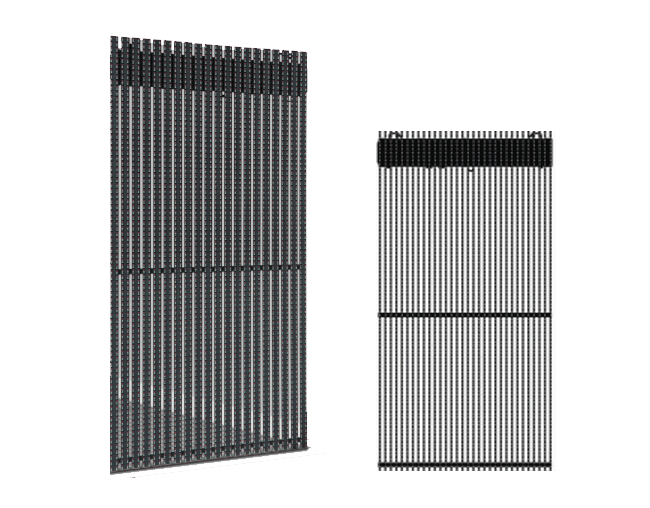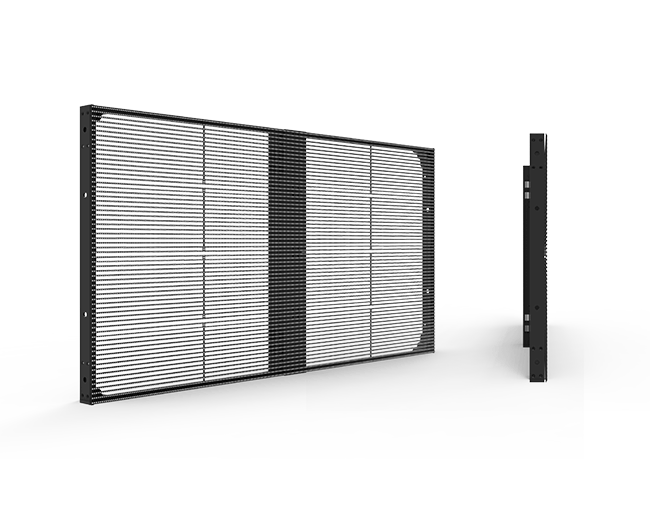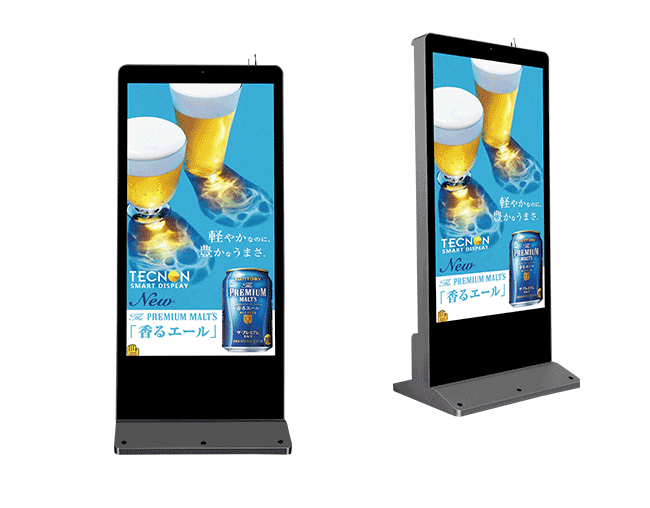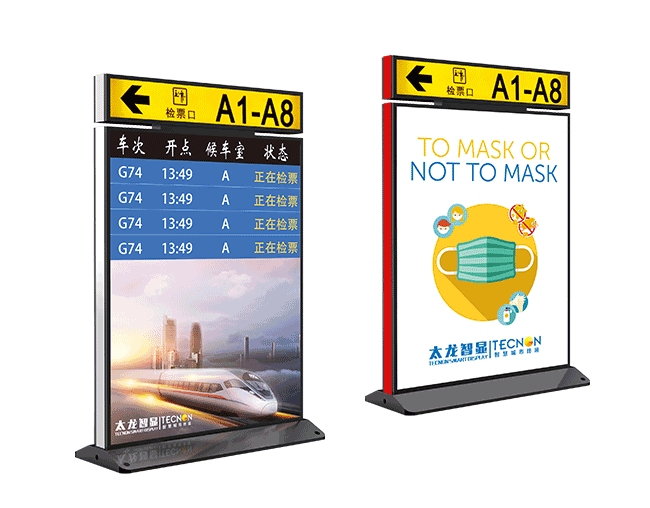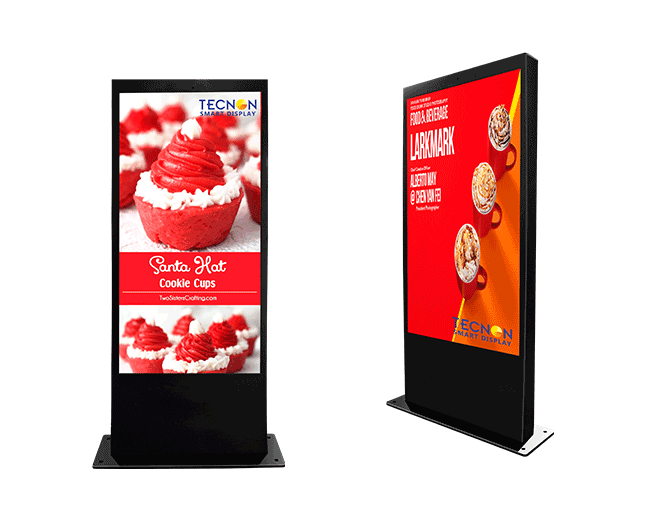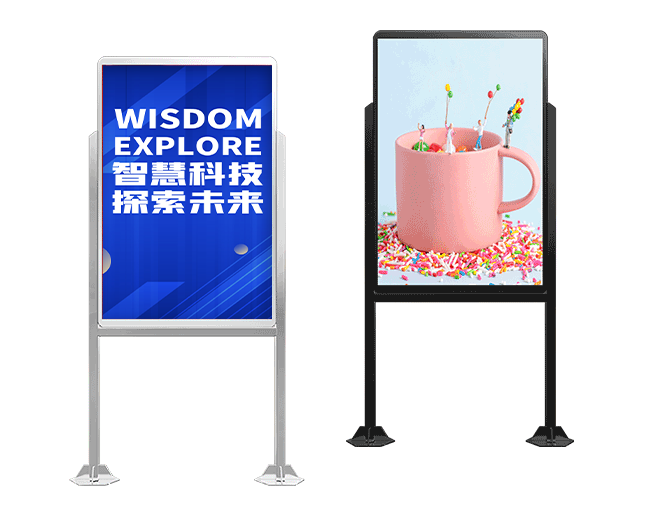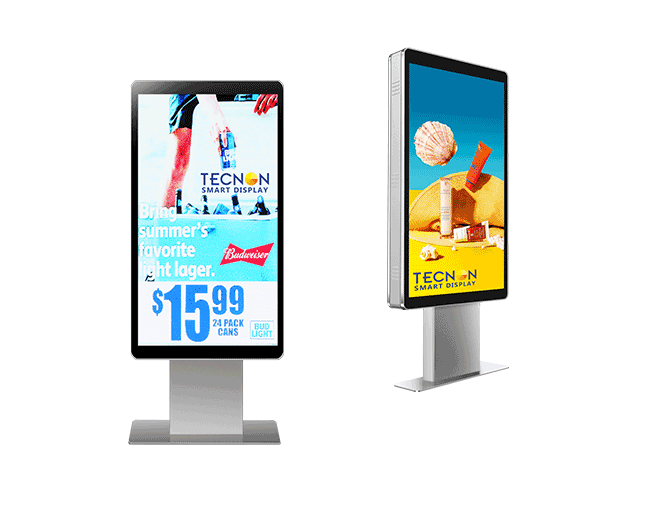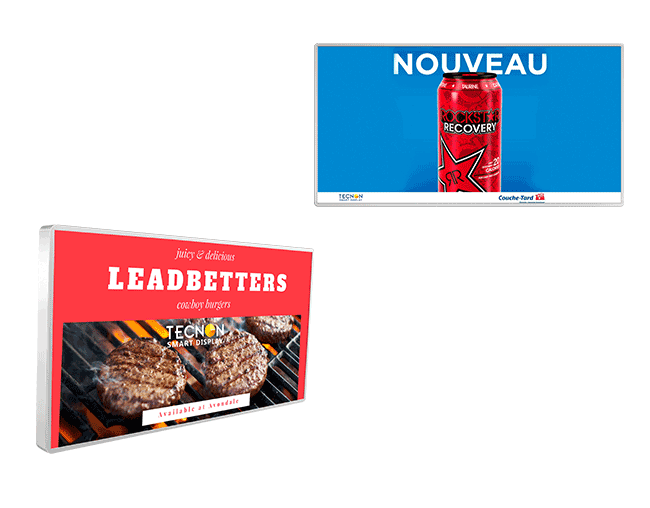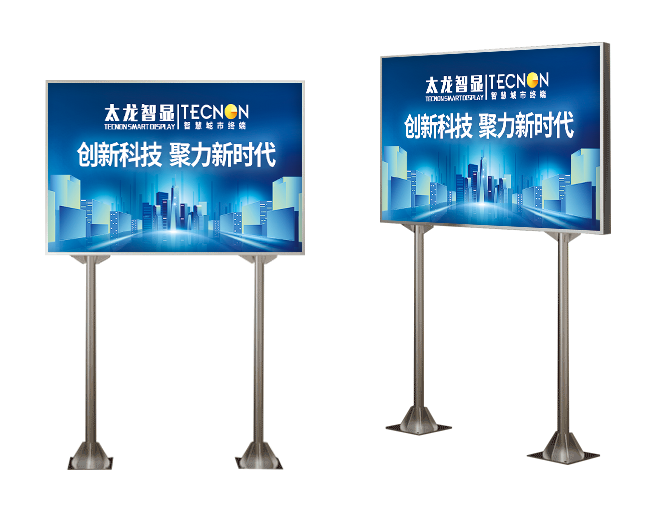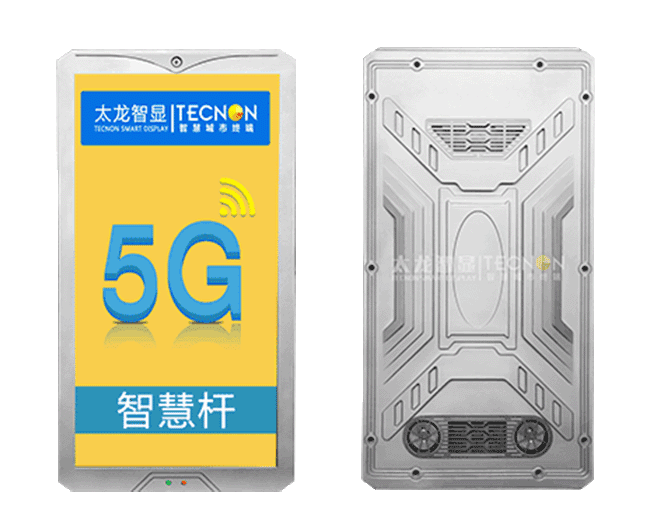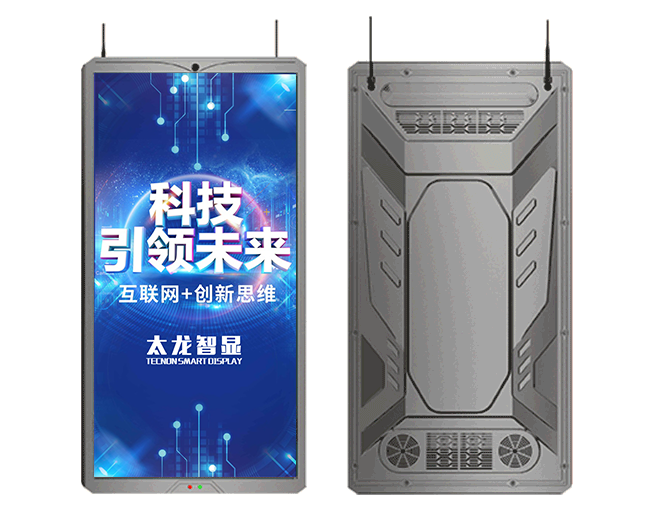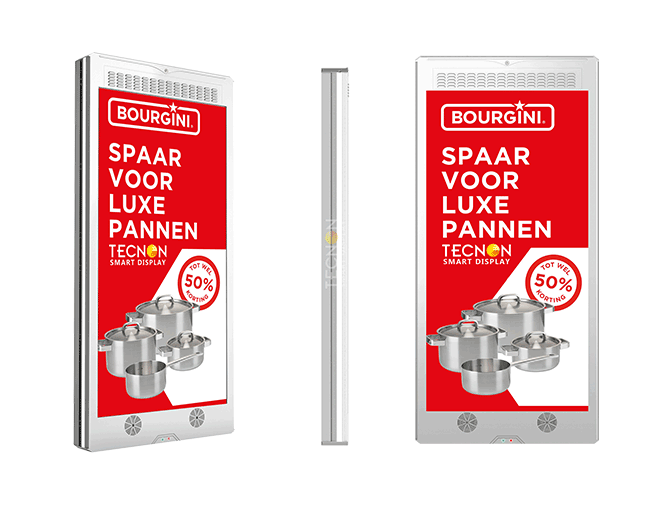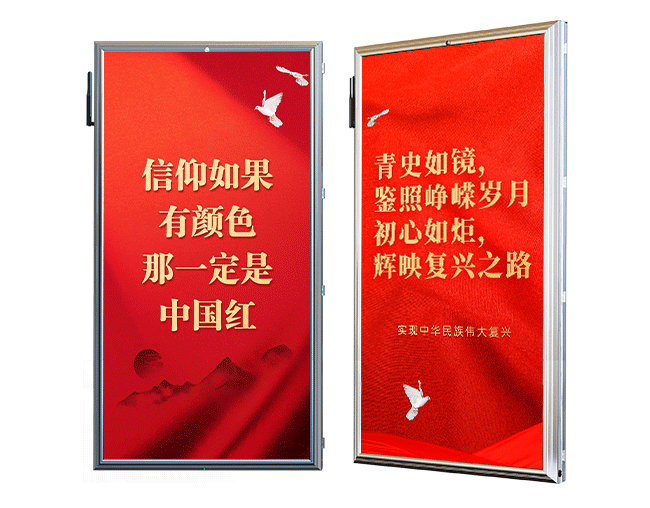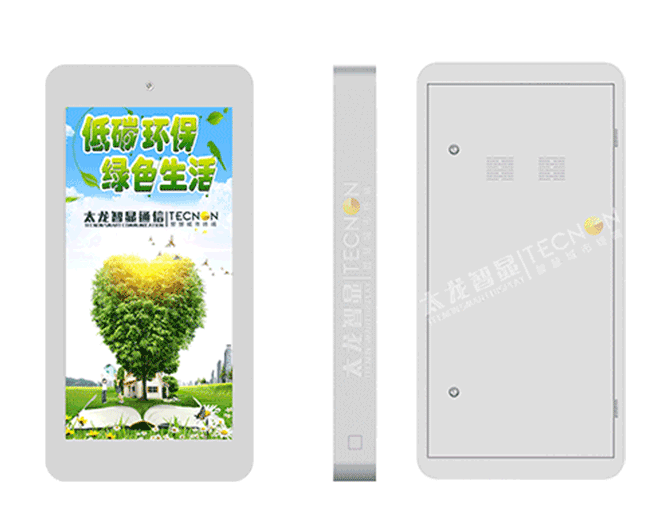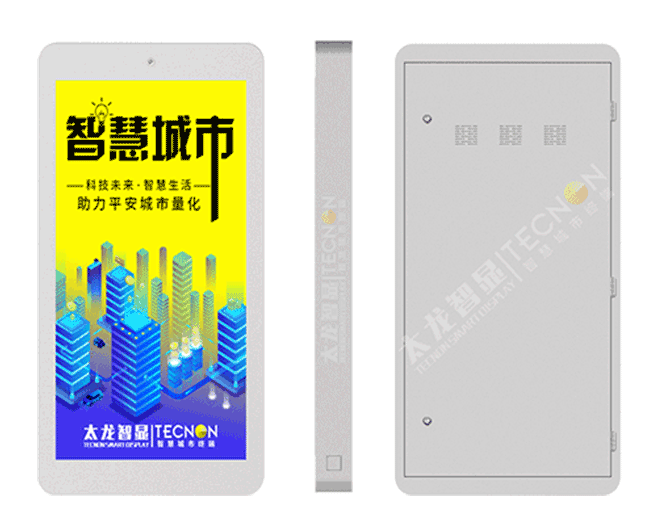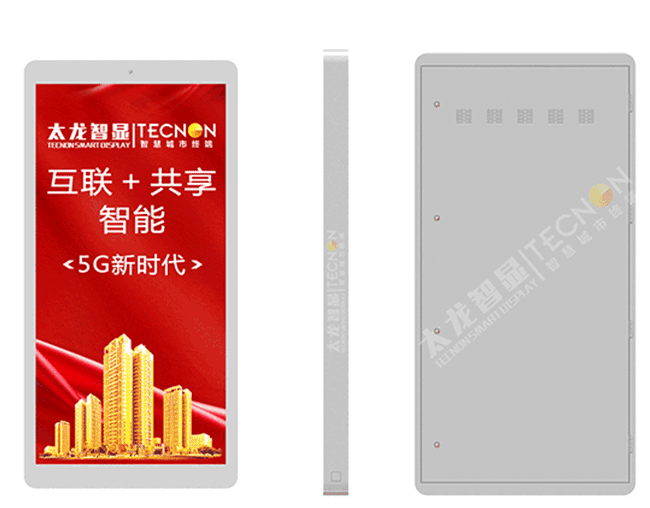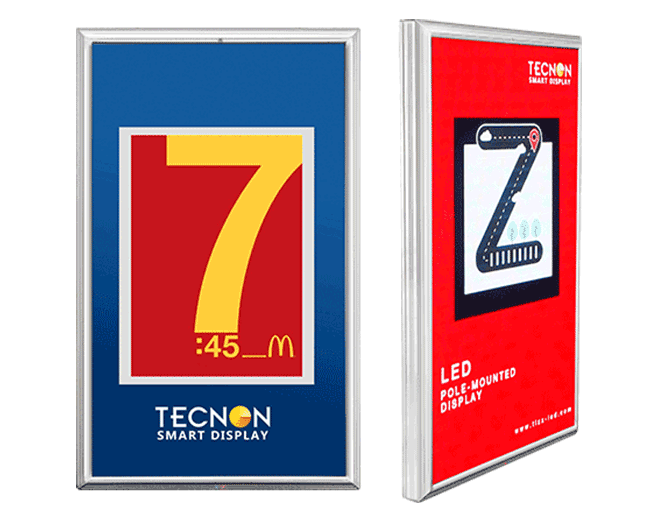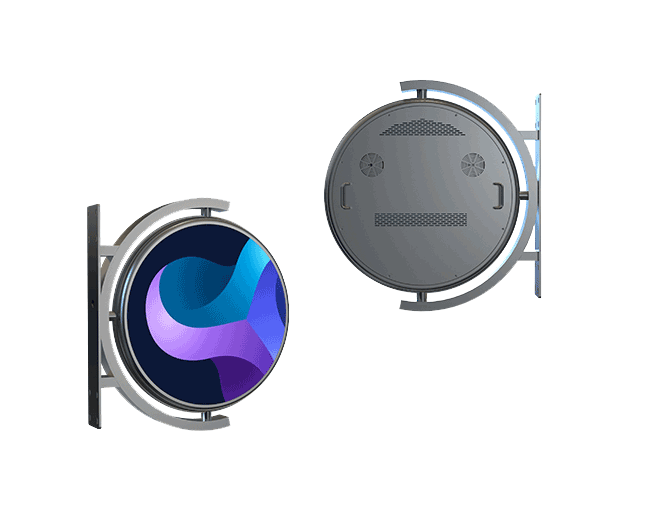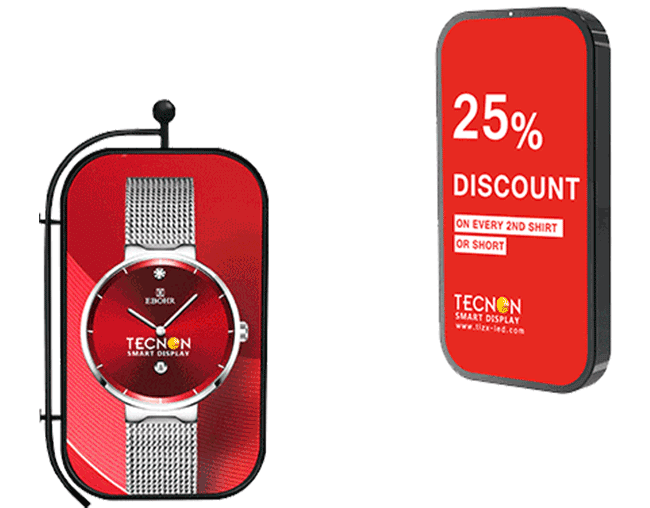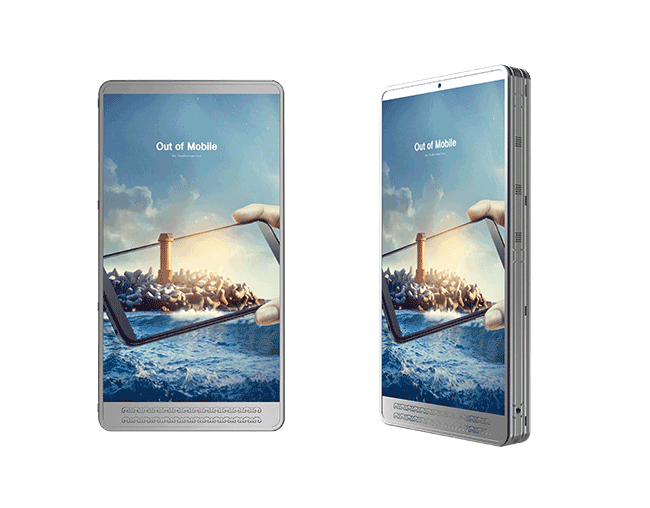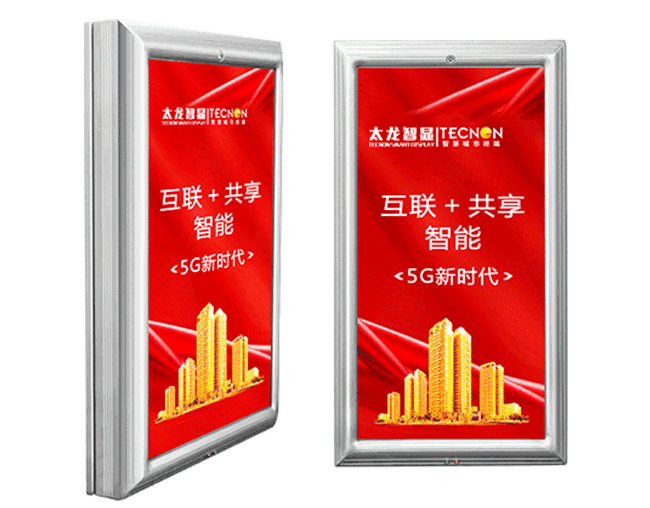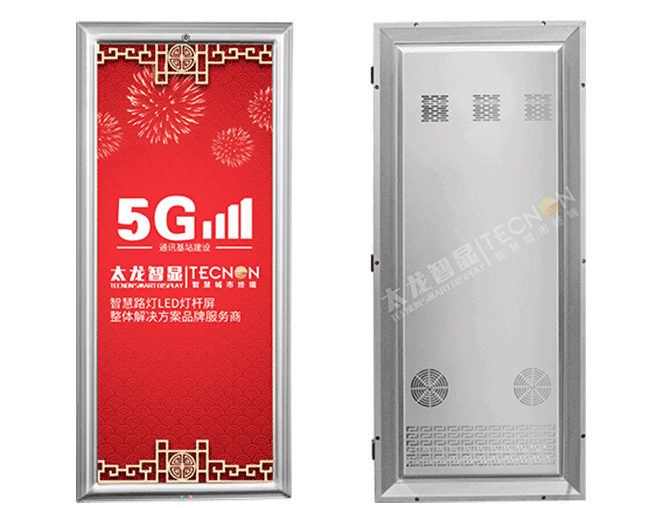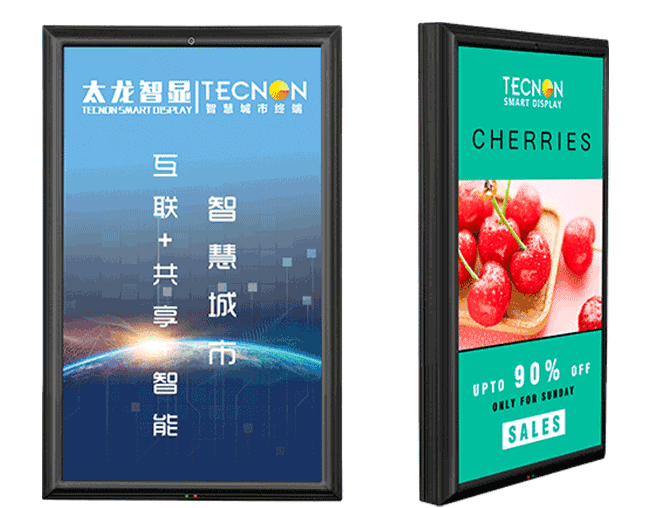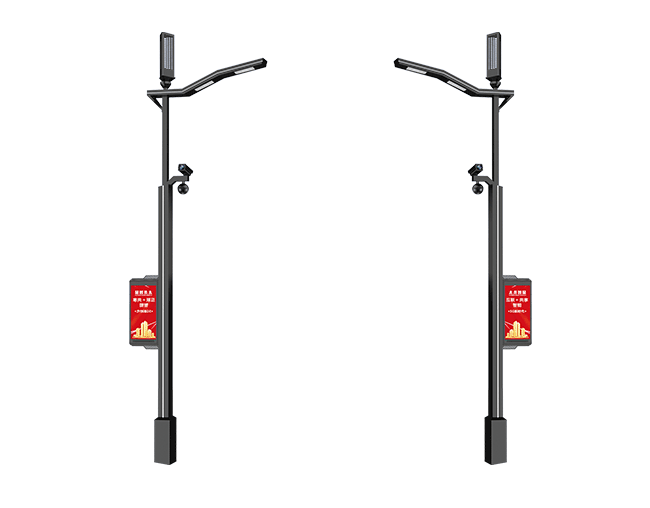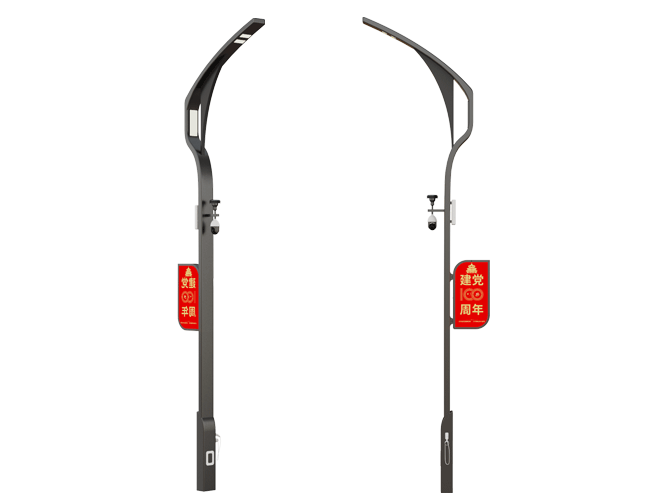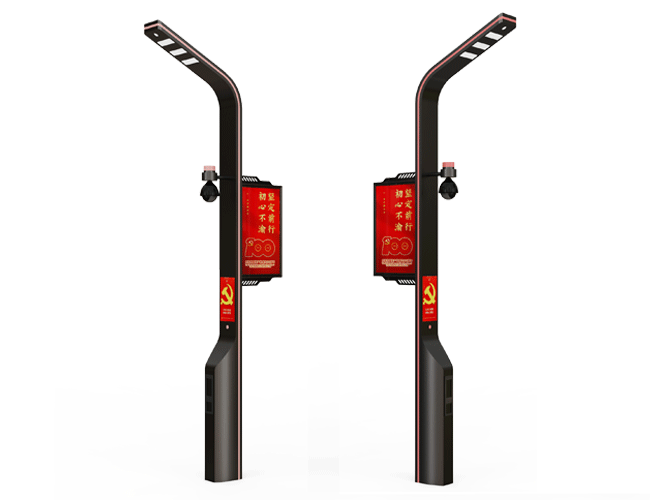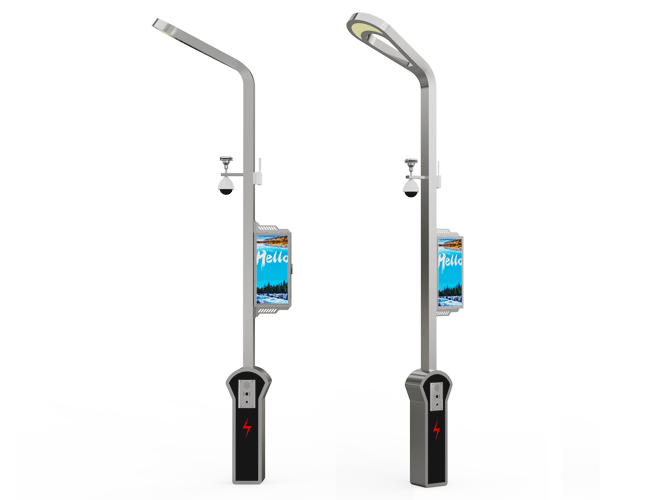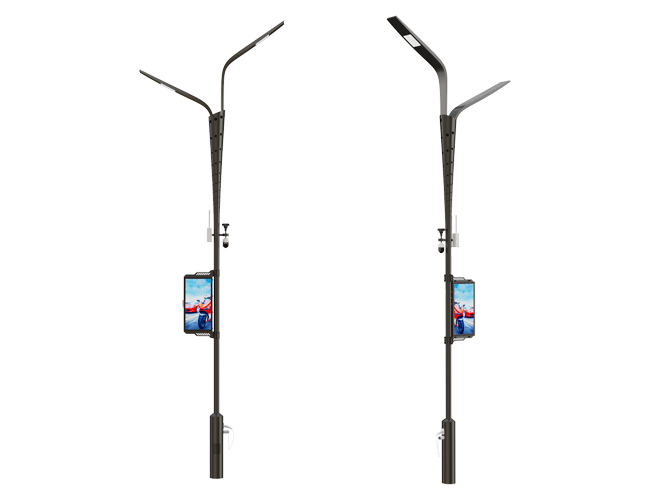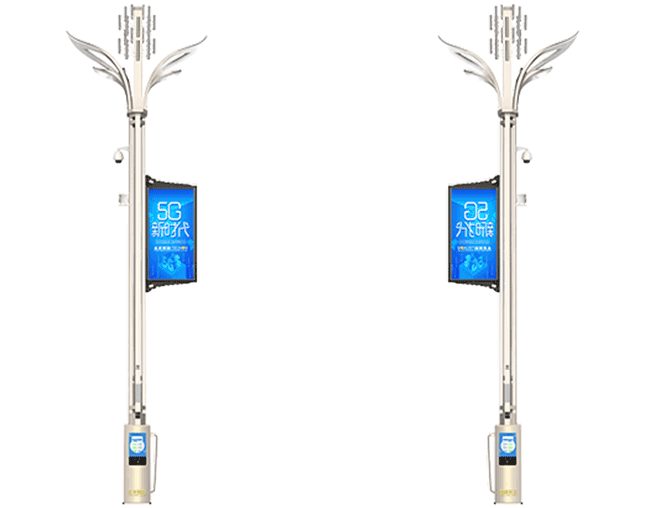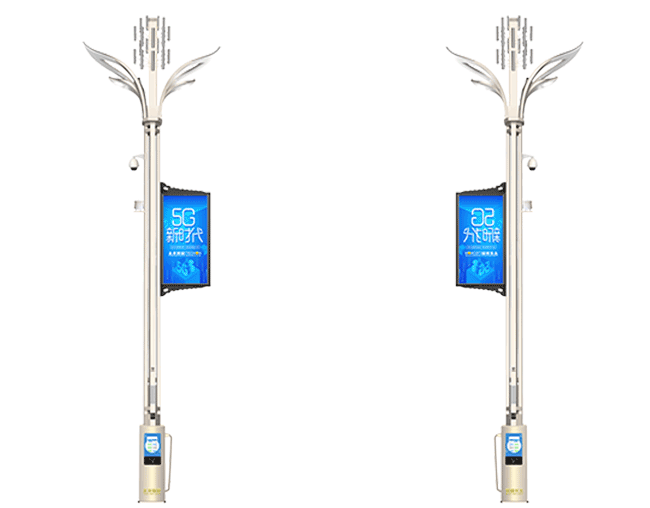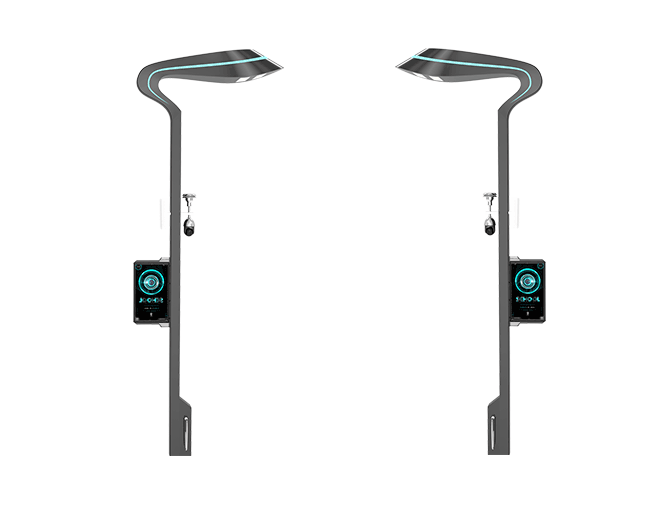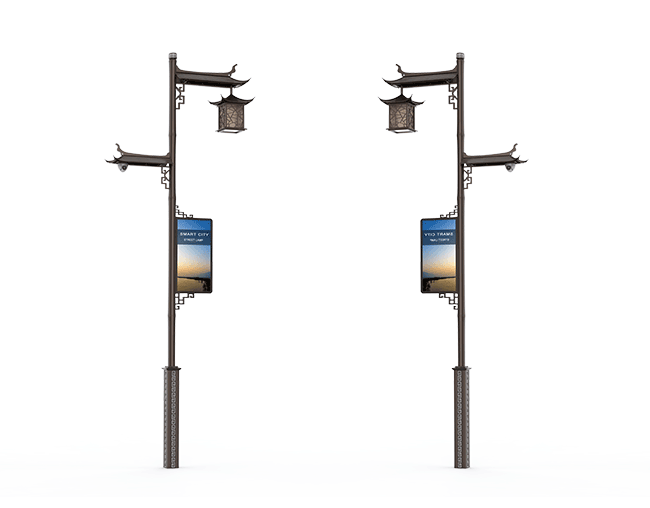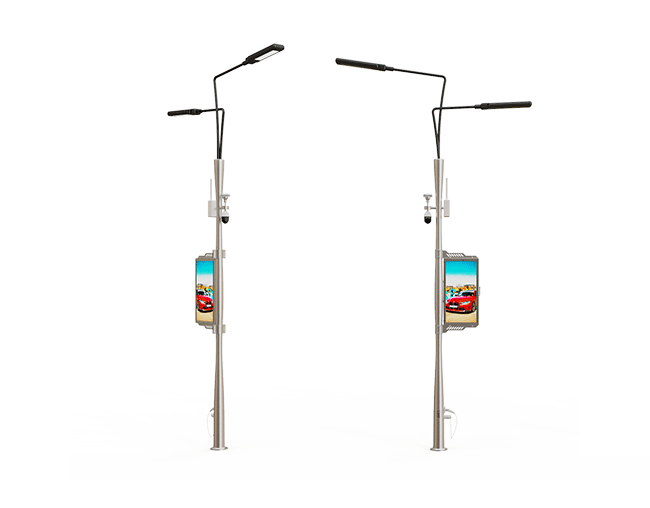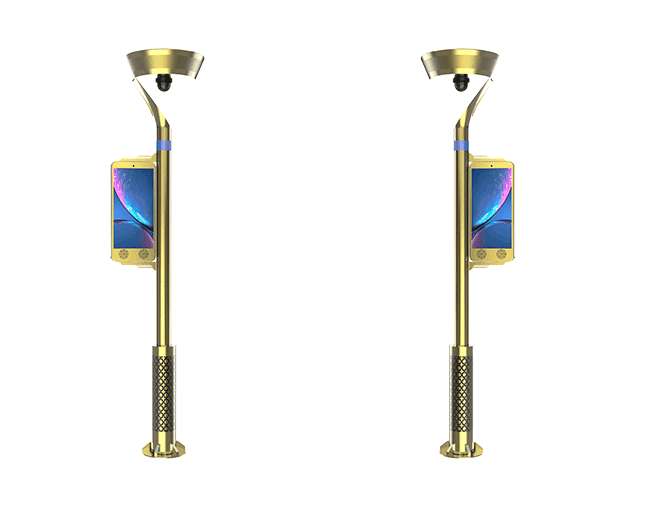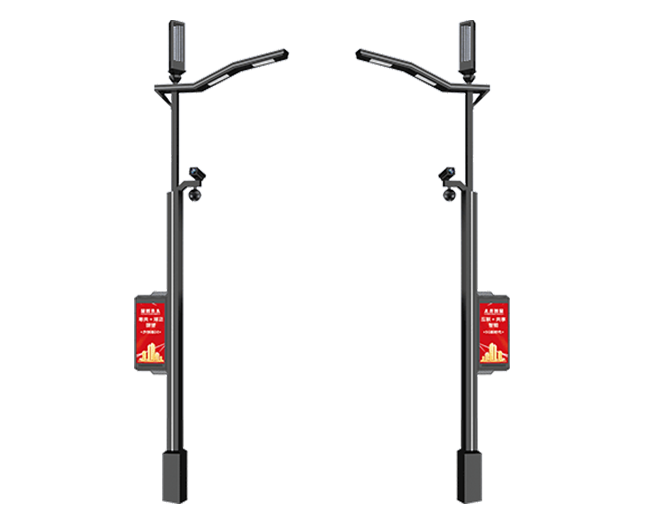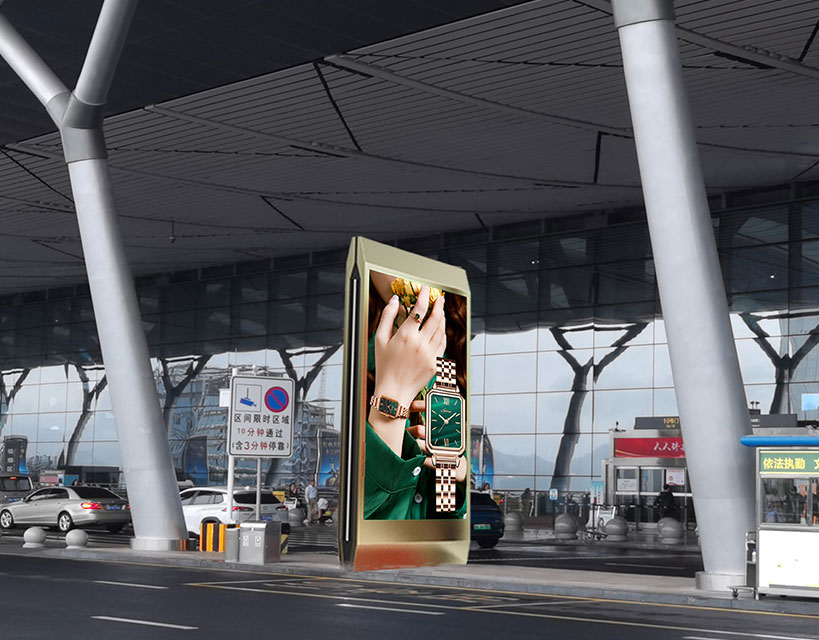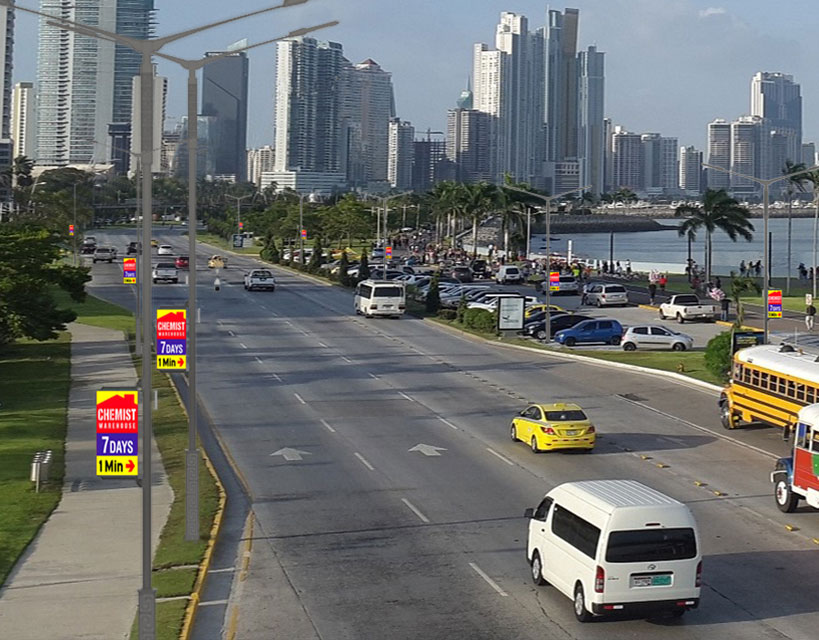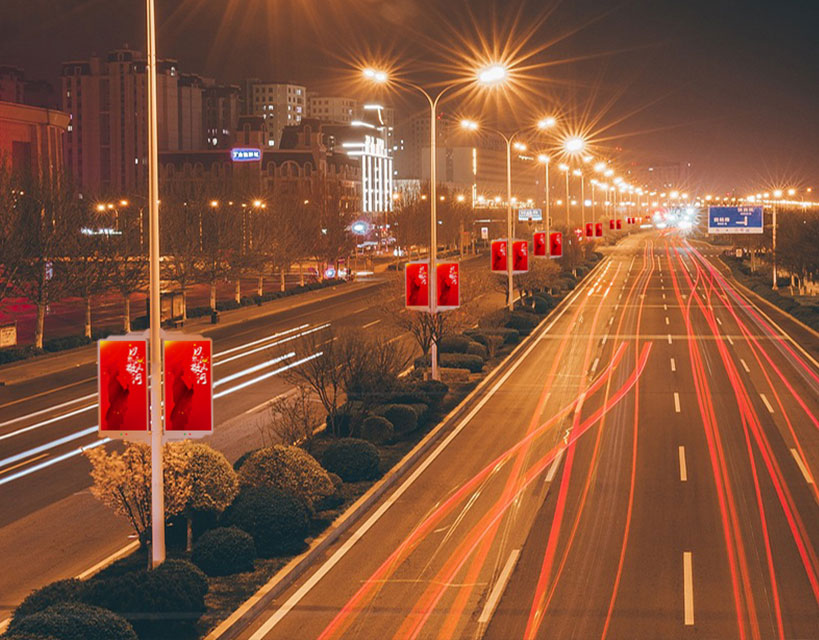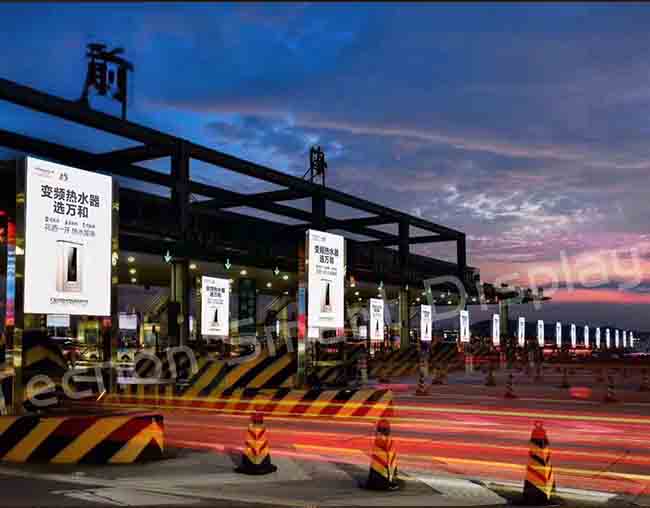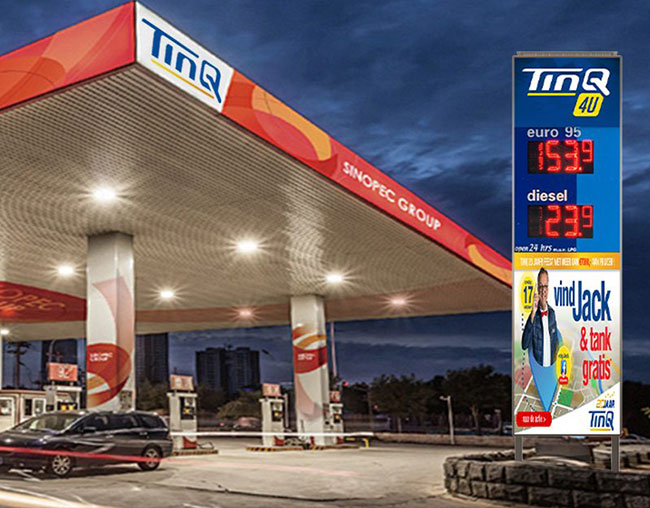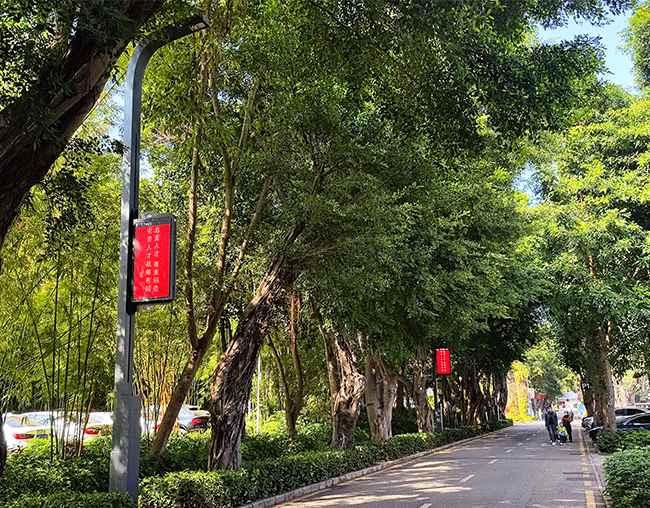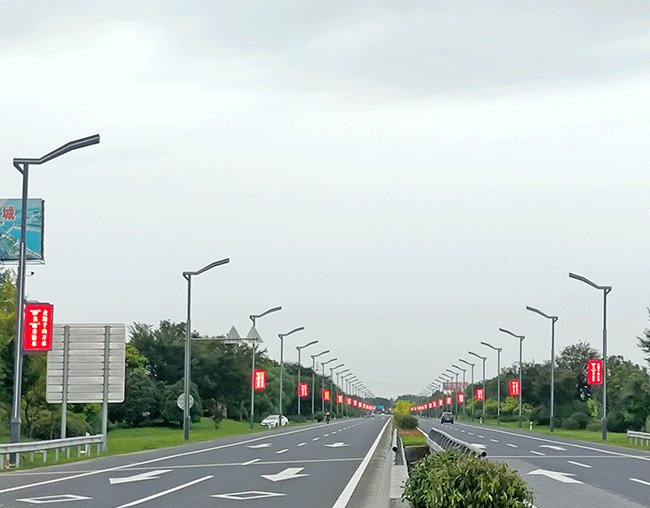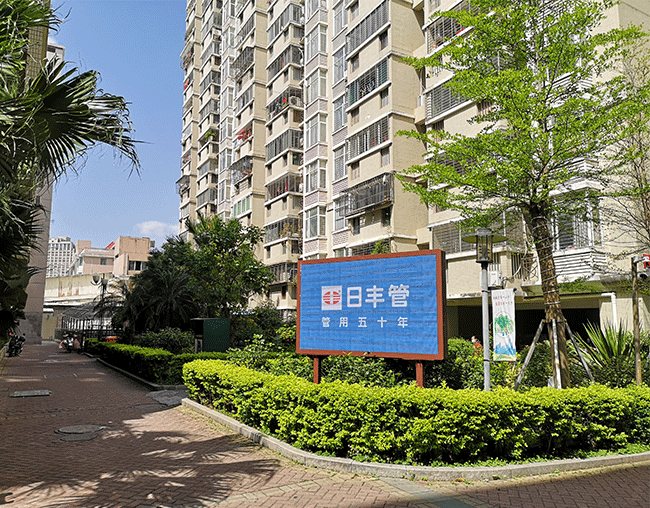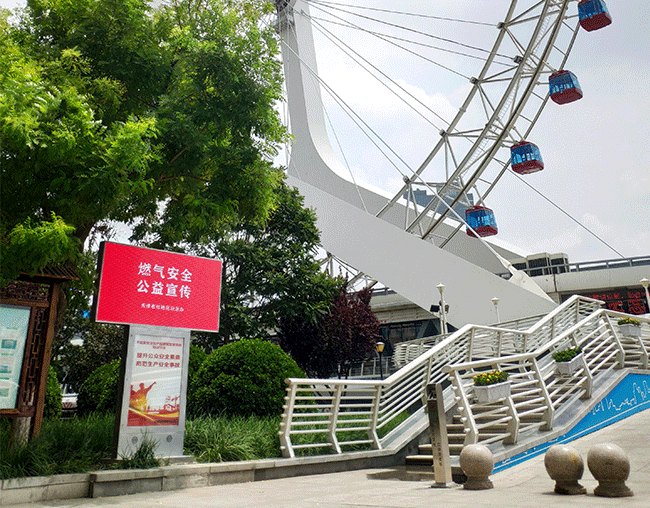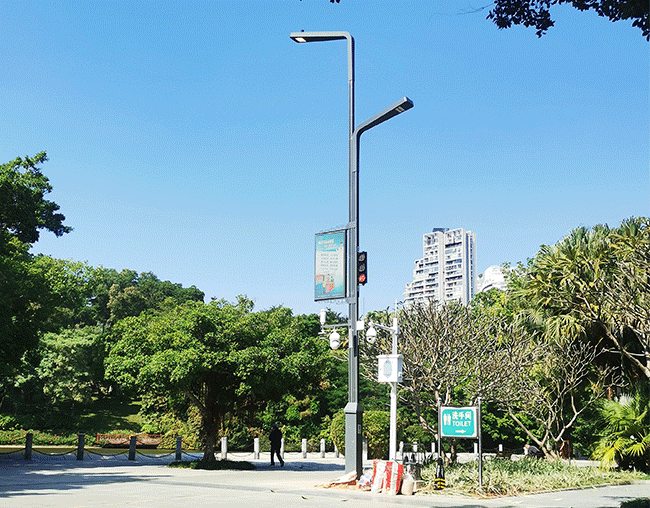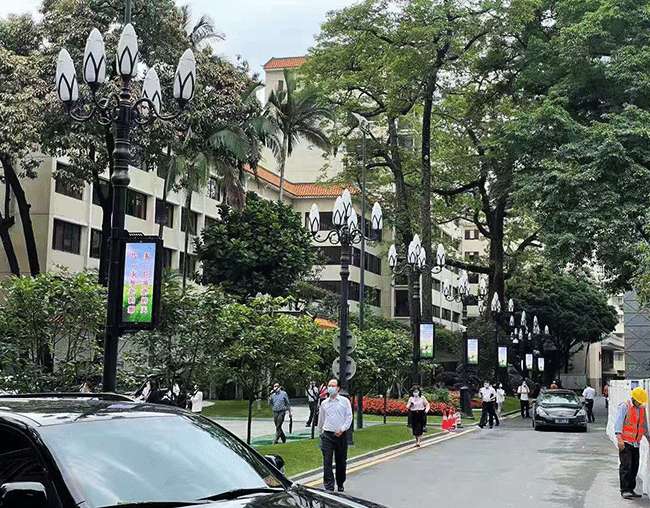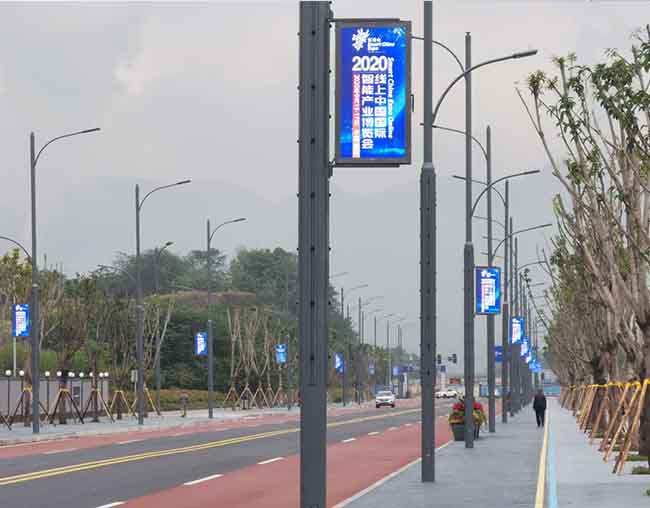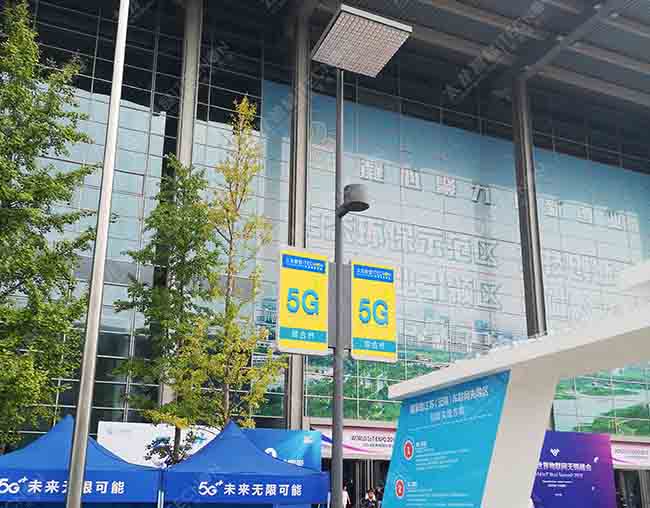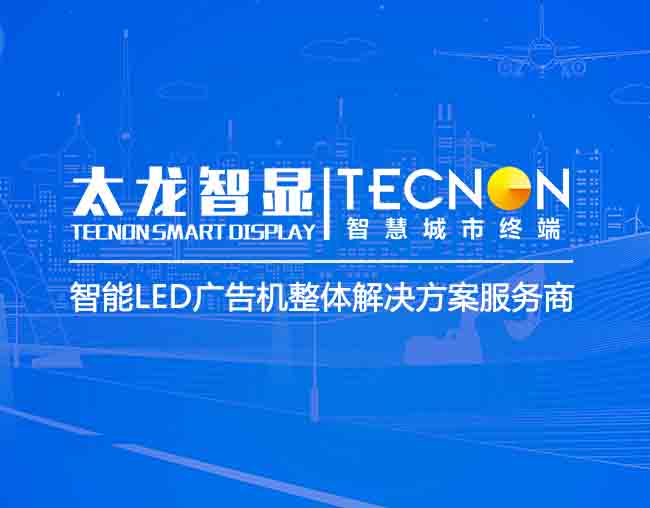High-Temperature Testing of Lamp Pole Screens: Challenges, Innovations, and Smart City Advancements
In the summer of 2025, an unusually high temperature is sweeping across China. Meteorological data show that North China, East China, South China and other regions have experienced continuous high temperatures above 35°C, and the number and intensity of high temperature days in Huanghuai, the middle and lower reaches of the Yangtze River and other places are expected to exceed 2024. The yellow high temperature warning signals in Liaocheng, Heze and other places show that the temperature in some areas has even exceeded 39°C. This extreme climate not only tests the living comfort of urban residents, but also poses a severe challenge to outdoor electronic equipment.
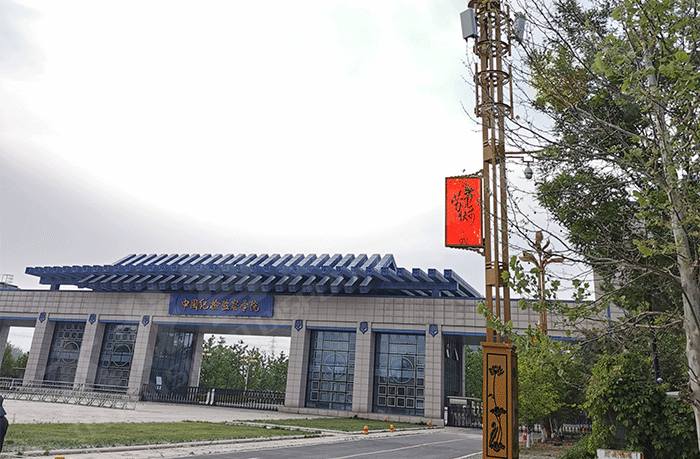
As the "nerve endings" of smart cities, light pole screens face multiple tests in high temperature environments. Its all-metal structure can easily reach 80°C in direct sunlight even without power, and once the junction temperature of the LED chip exceeds 125°C, the packaging material will undergo an irreversible rubber-like transformation, causing the screen to fail. This thermal effect not only accelerates light decay (brightness decays by 5% for every 10°C increase), but also triggers chain reactions such as overheating of the driver IC and a sudden drop in the capacity of the electrolytic capacitor of the power module.
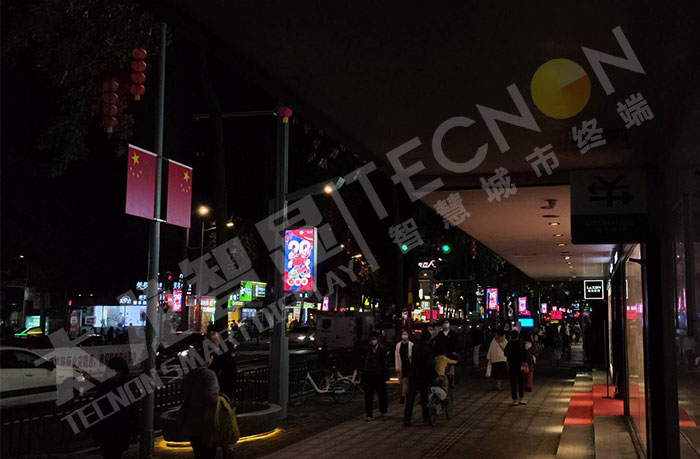
The core components of LED light pole screens are undergoing a material revolution. Military-grade resistors and capacitors can withstand high temperatures of 110°C, and special wires use insulating materials that can withstand more than 80°C. The smart light pole screen in the Shuitingmen Scenic Area in Quzhou uses P3 high-density LED modules, and its mask and bottom shell use flame-retardant PC+glass fiber materials, which can still maintain structural stability at high temperatures. This material innovation extends the life of the screen in extreme environments by more than 30%.
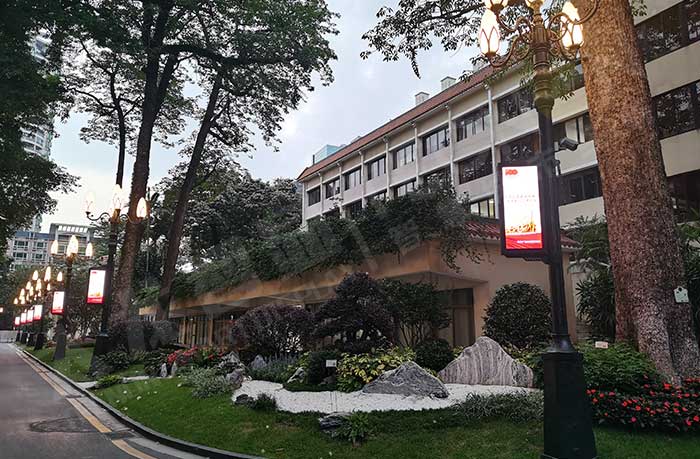
The application of intelligent technology enables the light pole screen to have the ability to "regulate body temperature". Through the adaptive temperature control system, the fan is automatically started when the internal temperature exceeds 30°C, and the brightness is dynamically adjusted according to the ambient light intensity. Deyang's smart street lights use the Internet of Things platform to achieve "light sensing + time" dual-mode control, automatically reducing the brightness by 20% during high temperature periods, and forcing the shutdown for 15 minutes every 2 hours of operation to dissipate heat, extending the fault interval by 3 times.
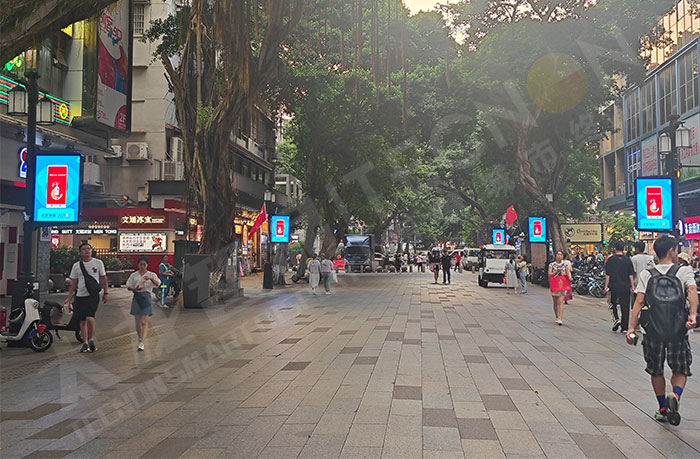
During the high temperature period, the street lamp management department of Jiaxing City launched a special action of "peak summer", and eliminated more than 90 faults within half a year by increasing equipment temperature measurement and leakage inspection. This active operation and maintenance mode combined with remote hard power-off technology not only extends the life of the equipment, but also achieves a fault location error of less than 1 meter through real-time monitoring. The light pole screen is transforming from a single display carrier to a comprehensive service platform. The smart light poles on Wanglong Road in Fuzhou integrate AI cameras, environmental monitoring equipment and edge computing terminals. When water accumulation on the road is detected, the LED light pole screen can be linked to issue warning information and start the drainage system. The fog forest dust reduction system in Ordos uses high-pressure atomization technology to reduce the PM2.5 concentration by 15% while cooling, realizing the deep integration of environmental governance and equipment functions.
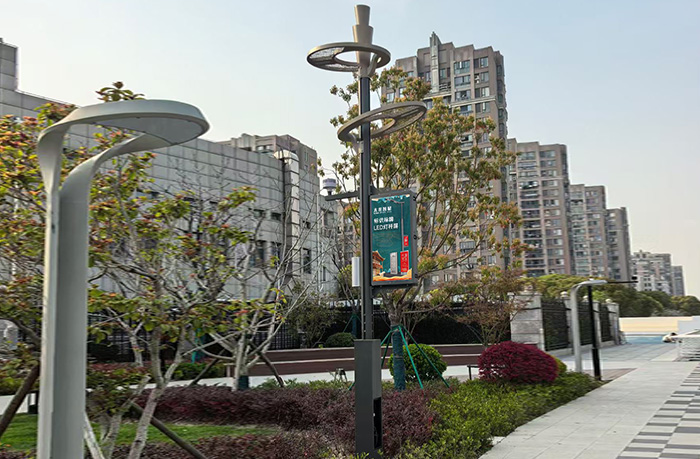
The "General Technical Requirements for Outdoor Mini/Micro LED Displays" issued in 2025 clearly stipulates that outdoor displays must pass IP65 protection level certification and can work stably in the range of -20℃ to 60℃. This standard forces the industry to upgrade its technology and promotes manufacturers to adopt more stringent testing processes. For example, smart strip products must undergo 168 hours of high temperature and high humidity aging tests to ensure reliability in extreme environments.
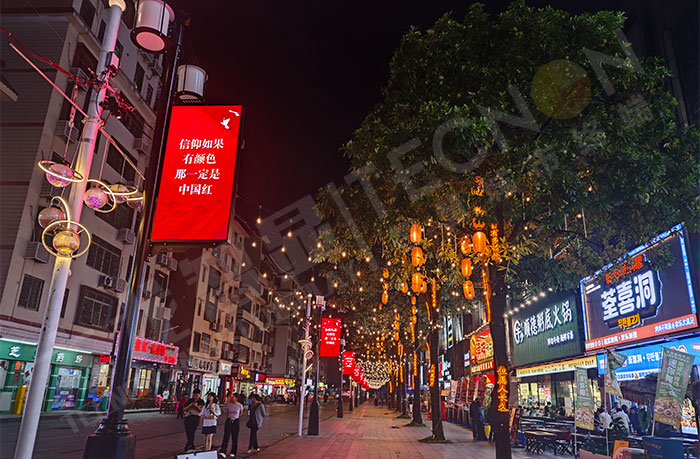
The challenge of light pole screens in hot weather is essentially a microcosm of urban infrastructure responding to climate change. Through technological innovation, operation and maintenance upgrades and policy coordination, light pole screens are evolving from "fragile display terminals" to "smart city nodes." This process not only improves the reliability of equipment, but also reconstructs the underlying logic of urban governance-in the future when extreme climates become normalized, only infrastructure with climate adaptability can support the development vision of resilient cities. When the light pole screen still maintains a clear display in the heat wave, it conveys not only information, but also the courage and wisdom of a city to face challenges.




